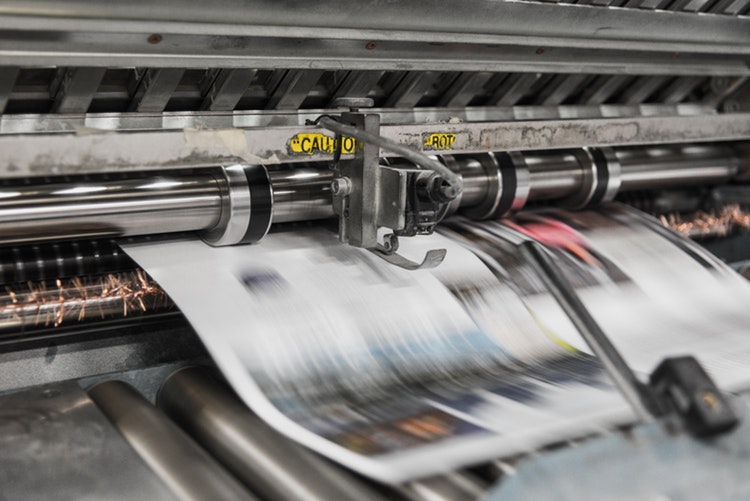How is an effective print ad defined? Is it because it’s eye-catching, well-designed, and has great typography? Those ingredients are all very nice, but the bottom line is an effective print ad is one that works. If an ad doesn’t get the message out, attract customers, and highlight your brand, does it matter how good it looks?
What Place is this?
Part of the key to an effective ad isn’t design—it’s placement. For example, running an ad about vegetarian frozen foods probably wouldn’t do well in Beef Producer magazine. However, placing a poorly designed ad in the most appropriate mediums will bring poor results as well.
9 Steps to Designing an Effective Print Ad
Know Your Message
Know what you want to say, which begins by knowing who you want to reach. Keep it simple. Stick with one primary message. Multiple messages become confusing.
Color Counts
Maintain a color palette that complements the components of the ad. For example, don’t lose the copy in a non-contrasting background. It’s usually best to stick with corporate branded colors.
Is Your Logo Lame?
Was your logo designed in 1972 by the local community art school? It may have been state of the art back then, but it’s out of date today. The basic design doesn’t have to be thrown out and started over from scratch. Update it to fit modern media and current accepted styles.
Size Matters
The size of the font, the size of the ad, and the size of images can all make or break your advertising effort.
Hierarchy
Simply put hierarchy means what comes first. Your primary message should be at the top of the list with other points placed in descending order. It should be the first thing people see in an ad. Size, color, and placement of copy and images all affect the hierarchy.
Images
Images need to fit the message. For example, graphics can be fun, modern, and humorous. Photos can be used to create emotion.
Call to Action
What’s the reason for the ad, what do you want people to do? Make it clear and easy to follow. Add urgency such as “Call today for a 20% discount!”
Credibility
People are looking for trustworthy providers. Share your time in business, accreditations, certificates, awards, or testimonials.
Problems and Solutions
Let potential clients know what problems you solve as well as your solutions. Don’t talk about the features of your product or service talk about the benefits to the customer.
Ad Design Isn’t a DIY Project
In the 1970’s, as part of the management team at Volkswagen dealership, one of my responsibilities was to place a weekly ad in a local paper. It was photos of cars, special offers, and a headshot of a salesperson next to each vehicle. It was simple and awful. A professionally designed ad would certainly have been more effective. (As a side note I did have fun changing the names under the headshots.)
Hire a Pro
A professional designer understands every point in the list, and more. They consider the psychology of color, the order in which the human eye scans an ad, and how images create emotion. Designing an effective ad is more than picking a font, creating a call to action, and placing a logo. It’s the overall effect of everything combined that makes an ad effective or ineffective. If you’d like to discuss ad design and creation for your organization Contact Us. We can “Add” it all up for you to make an effective ad for your brand.
Photo Credit: Unsplash Photos Photo by Bank Phrom


Leave A Comment